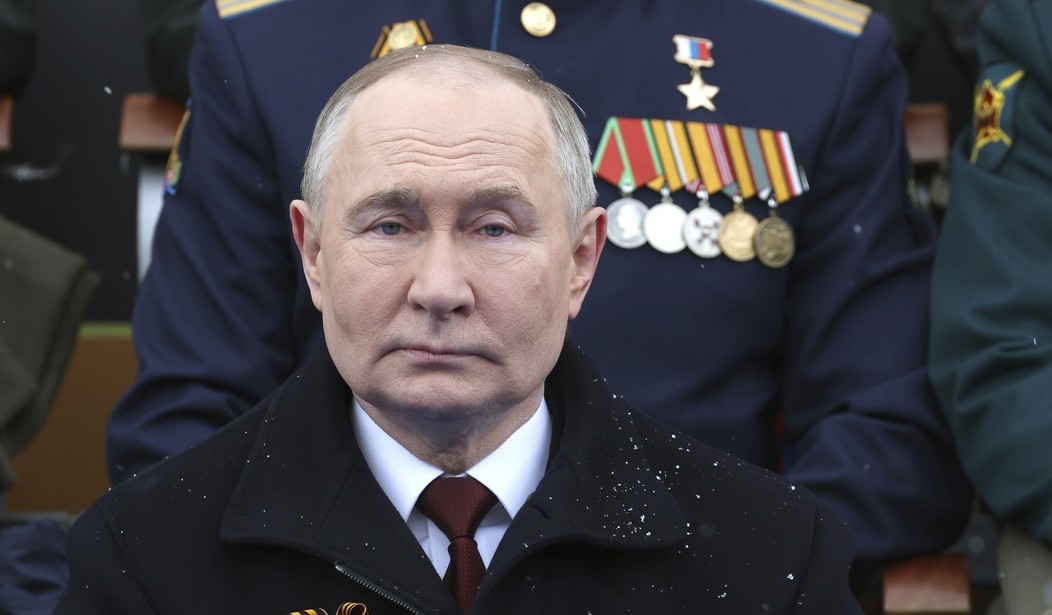Let's see if we can make any sense out of the Second Battle of Kursk.
The well-attended 1943 Battle of Kursk was the biggest tank battle in history, one that will never be eclipsed. On Hitler's orders, three-quarters of a million German troops attacked nearly two million Soviet soldiers dug into three defensive lines around the city of Kursk. During the attack (including 3,200 German tanks) and resulting counterattack (with 7,400 Soviet tanks), the offensive heart was cut out of the Nazi war machine.
In the Second Battle of Kursk*, several battalions' worth of Ukraine Army (UA) forces (very rough estimate, maybe 2,000-3,000 soldiers), using drones for airpower, achieved operational surprise and overran Russian conscript troops defending the border at the Kursk Oblast (region). Moscow brought in more experienced units and even individual soldiers — likely from the scenes of the main fighting in eastern and southern Ukraine — and UA advances have dramatically slowed.
(*I doubt anyone will ever call this the Second Battle of Kursk. I'm just having some fun with it.)
ISW reported on Sunday, "The hastily assembled and disparate Russian force grouping responding to the Ukrainian incursion into Kursk Oblast is comprised of Russian units likely below their doctrinal end strength and ill-prepared to establish the joint command and control (C2) structures necessary to coordinate operations."
But as I've written here before, Russian troops on defense don't have to be good; they just have to be there. A man in a trench with a machine gun still has to be killed or rooted out, even if his training and doctrine are lacking. Reportedly, Russia is digging a lot of trenches.
If the UA had meant to capture the city of Kursk and its massive nuclear power station, it appears to be safely out of reach. Still, Ukraine took in a few days more territory than Russian forces have taken in months of fighting in Ukraine's east. Tens of thousands of Russian civilians have fled. A guesstimate based on various reports is that Ukraine has taken between 500-1,000 Russian POWs for what it mockingly calls "the exchange fund" to get Moscow to release captured UA soldiers.
If Kyiv wanted a propaganda win, showing that Russian strongman Vladimir Putin can't fully protect the Motherland, then it got one.
There is still complete confusion among Russians this morning about the situation in the sanitary zones of the Russian Federation. In every video posted by the Ukrainian Armed Forces, they see some kind of subtext - they say they are deliberately misleading us, trying to lure…
— WarTranslated (Dmitri) (@wartranslated) August 12, 2024
The situation remains fluid, and anyone who tells you they know exactly what's going on is either lying or deluded.
So that's a rough approximation of what's happened in the last few days in the Third World War's Eastern European Theater, but there is maybe both more and less going on than meets the eye.
The "less" is that the UA might not have the manpower to hold what it's taken and that the Second Battle of Kursk wasn't meant to be anything more than a large-scale raid. The "more" is that even if it was just a raid, UA demonstrated the ability to assemble a large attacking force right under Moscow's nose and bring the war home to Russia. That could — could — complicate Russian deployments and logistics going forward.
Whatever the case, you're witnessing something unique in human history. Never before have the armed forces of a non-nuclear power invaded the territory of a nuclear power in force — in fact, a nuclear power has never dared to invade another nuclear power before. Ukraine has risked a "minor incursion" here and there (by Russian expat troops), but those were small raids. By digging in at places like Sudzha, the UA at least appears ready to hold what it's taken.
Stay tuned.










Join the conversation as a VIP Member